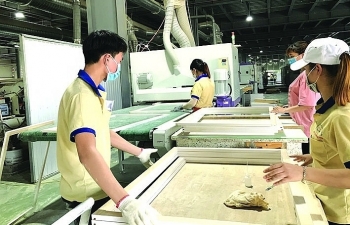Export to China: change is necessary to be sustainable
| Fruits only exported to China by official trade | |
| Vietnamese enterprises try to bring goods into the supermarket – Part 2: difficulties everywhere | |
| Shrimp exports to China increase again |
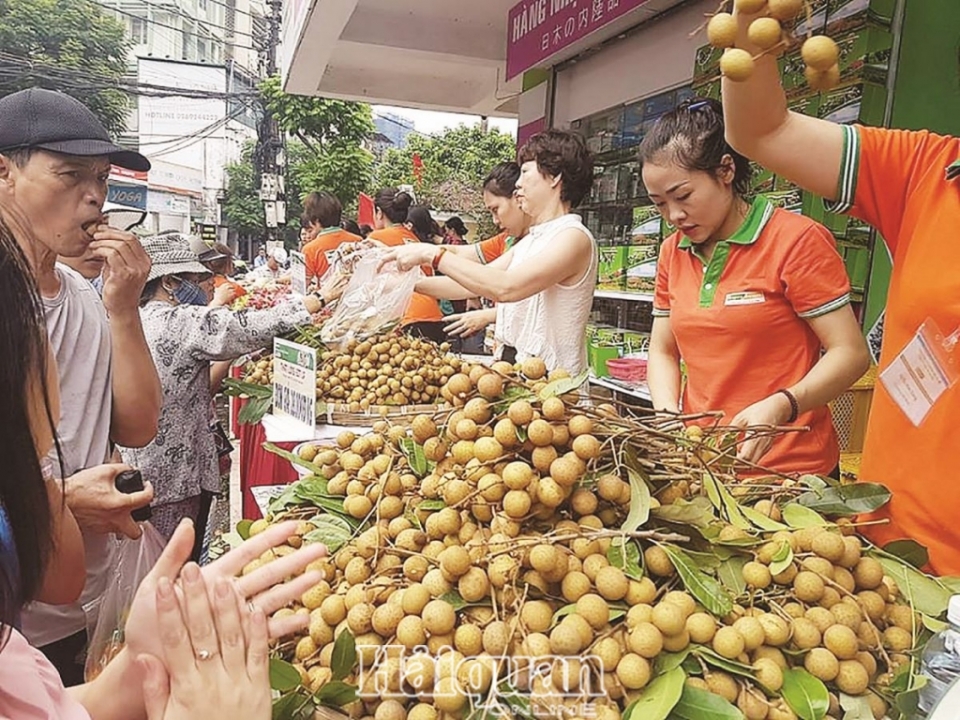 |
| Exports of agricultural products to China have to meet more stringent requirements. Photo: Nguyen Thanh. |
Export activities
Recognizing the picture of agricultural and fishery exports in the first half of the year, it is easy to see that the export turnover of many key commodities to the Chinese market was falling or seeing modest growth.
For rice, in the first half of this year, the volume of exported rice was estimated at 3.39 million tons and 1.46 billion USD, down 2.8% in volume and 19% in value over the same period last year. The Department of Agro-product Processing and Market Development (Ministry of Agriculture and Rural Development) stated in the first months of the year, rice exports were facing difficulties, especially in big and traditional markets such as China, Indonesia and Bangladesh.
The reason is that rice stocks from the previous crops were high in China. Meanwhile, Bangladesh not only restored production after flooding in 2017 but also planned to export rice this year. In addition, countries such as Myanmar, Cambodia, and Pakistan all try to increase their output of rice.
Similarly, for vegetables and fruits, the total export value in the first half of the year was estimated at 2.06 billion USD, up 3.9% compared to the same period in 2018. China was still ranked first in the market for importing vegetables and fruits from Vietnam with more than 70% market share, but in the first five months alone, export of fruits and vegetables to this market reached 1.31 billion USD only, increased 1.05% in value over the same period in 2018.
In the first half of the year, the export volume of cassava and cassava-based products was estimated at 1.2 million tons and 460 million USD, down 19% in volume and 15.3% in value over the same period in 2018. Currently, more than 80% of cassava and cassava-based products are still exported to China. Therefore, from the beginning of the year until now, the export price of cassava and cassava-based products has continued on a downward trend because the demand of the main market – China – continued to level off. In the future, China’s demand for food consumption is still in the low season, so the export of cassava starch is expected to remain quiet.
Besides key agricultural products, seafood exports to China were also not positive. According to the Vietnam Association of Seafood Exporters and Producers (VASEP), the seafood export value in the first six months was estimated at nearly 4 billion USD, up by 0.3% compared to the same period in 2018. Japan, the United States, China and South Korea were the top four import markets of Vietnamese seafood, accounting for 55.1% of the total seafood export value. The most noticeable point was that the export turnover of pangasius products to China and Hong Kong (China) grew much slower than in previous years. Specifically, as of the end of June, the total value of pangasius exports to China and Hong Kong (China) reached 254.3 million USD, up 1.2%, accounting for 26.4% of the total export value of pangasius.
Food safety
Why have agricultural and aquatic exports to China faced so many difficulties and challenges since the end of last year, especially in the first half of this year? According to Mr. Dang Phuc Nguyen, Secretary General of Vietnam Fruit and Vegetables Association, China is no longer an easy market. China has tightened regulations on chemical residues and food safety. Initially, people did not fully grasp information about which substances can or cannot be used. Businesses also faced difficulties in official export procedures. "In addition, many Vietnamese products that are often exported via unofficial channels to China cannot be exported anymore," said Mr. Nguyen.
Regarding fisheries, Mr. Tran Dinh Luan, Director General of the Directorate of Fisheries (MARD), said that currently, 680 Vietnamese enterprises are approved by China to qualify for seafood exports to this market after ensuring the criteria specified by the management agency (namely the Department of Agriculture, Forestry and Fisheries Management, Ministry of Agriculture and Rural Development). The list of Vietnamese seafood permitted to be exported to China contains 128 types. This is a large number in both the number of export enterprises and product types compared to other agricultural products such as vegetables and animal husbandry products.
However, Mr. Luan said that some localities, enterprises and establishments purchasing and processing seafood, especially provinces traditionally exporting seafood via unofficial channels to China, were not interested in these regulations. The new rules introduced by China from November 2018 emphasize the issue of traceability. However, many seafood exporting and processing enterprises are still subjective and not cooperative. It is worth mentioning that most of these cases are small and medium enterprises.
Further analyzing pangasius products, Mr. Luan said "The export of pangasius via official channels is normal, but this year China tightened trading via unofficial channels. Previously, Chinese enterprises could easily buy pangasius, pack and bring them to China but now they cannot do so. Purchasing pangasius now must have clear labels and addresses.”
Change to meet the market
According to Mr. Tran Dinh Luan, in the long run, not only the Chinese market but also any market, when new regulations are available, enterprises and people need to take the initiative in grasping, and coordinating with functional agencies to promptly adjust and avoid the unfortunate situation.
Regarding this issue, Mr. Dang Phuc Nguyen said that in current commercial conditions, taking advantage of favorable conditions available from geographic location, logistic costs, needs and tastes played a very important role. If Vietnam could produce safe products, China would be still a huge market.
"In fact, the production capacity of the domestic cultivation industry is still growing well, fully capable of meeting the strict conditions of other markets. Hopefully, from now until the end of the year, when businesses are aware of the information, exports to China can be boosted," said Mr. Nguyen.
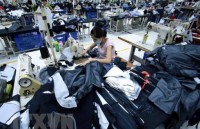 | Five products to see stronger export to EU: ministry Five key exports of Vietnam will have a good chance to boost their growth into the EU ... |
According to Mr. Le Thanh Hoa, Deputy Director of the Agricultural Product Processing and Market Development Department, in the future, regulations set by China will certainly be more difficult. Therefore, it is critical that Vietnamese enterprises need to improve their capacity and awareness in grasping the technical regulations and quarantine requirements of the Chinese market; change the food safety approach from final food safety inspection to monitoring all stages in the entire production chain; establish a cooperation mechanism between managers - businesses - producers to ensure safety throughout the entire supply chain.
Related News
Latest News
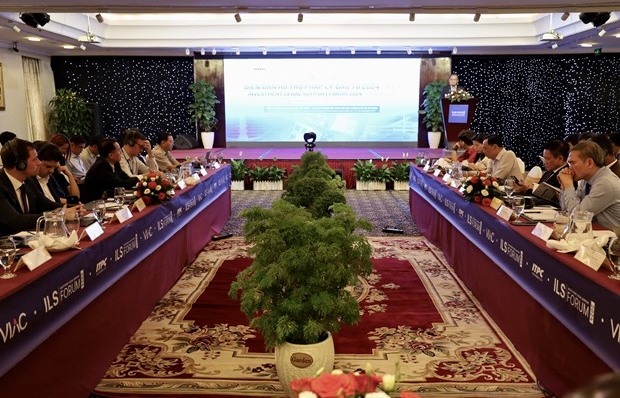
Forum seeks to increase PPP investment effectiveness
13:48 | 25/04/2024 Import-Export
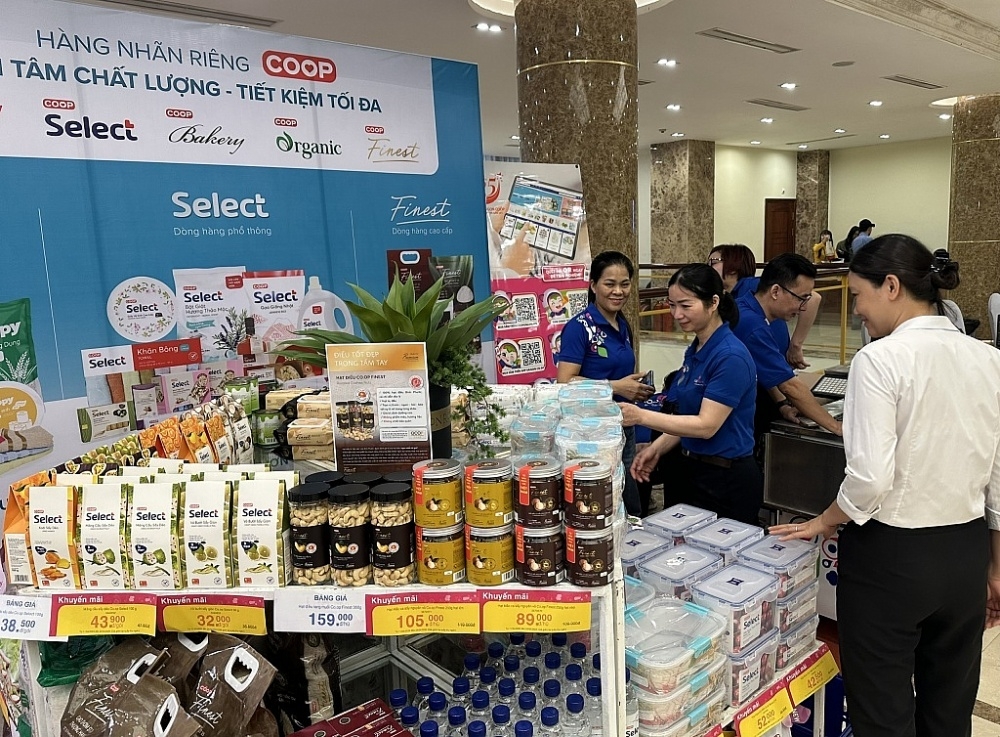
Linking businesses with cooperatives to increase the value chain
09:42 | 25/04/2024 Import-Export
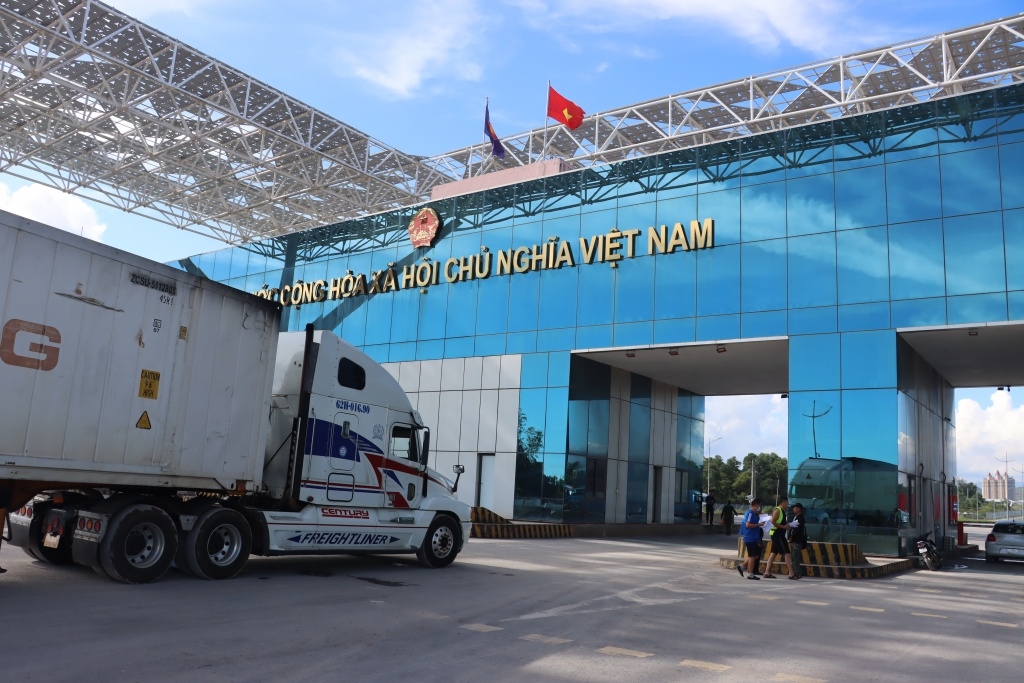
Vietnam has a trade deficit of over US$17 billion with China
15:34 | 24/04/2024 Import-Export
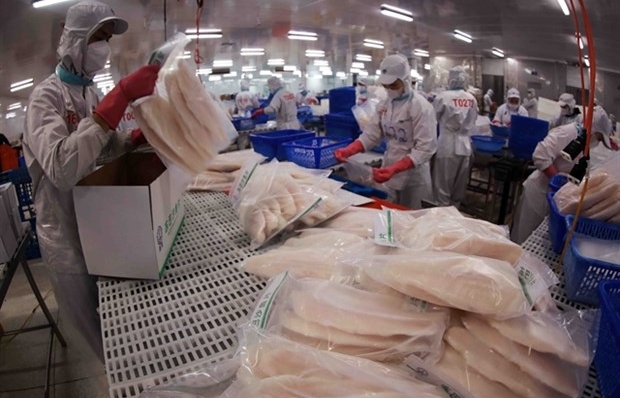
Tra fish export to UAE jumps 67% in Q1
13:46 | 24/04/2024 Import-Export
More News
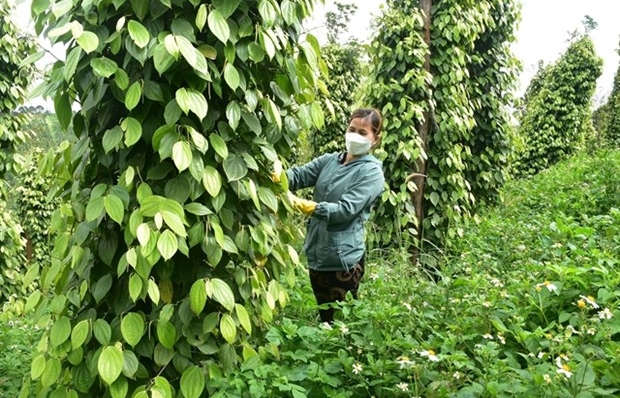
Pepper prices continue increase trend
13:44 | 24/04/2024 Import-Export

More efforts needed to maintain export growth to China: Insiders
13:55 | 23/04/2024 Import-Export
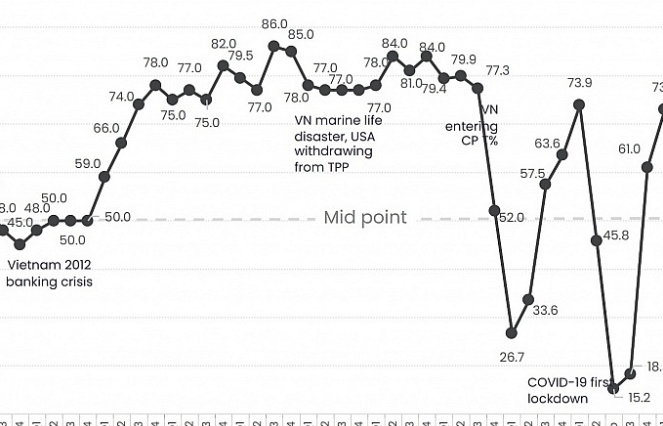
It is expected that there are higher orders and revenue in the second quarter from European businesses
09:31 | 23/04/2024 Import-Export
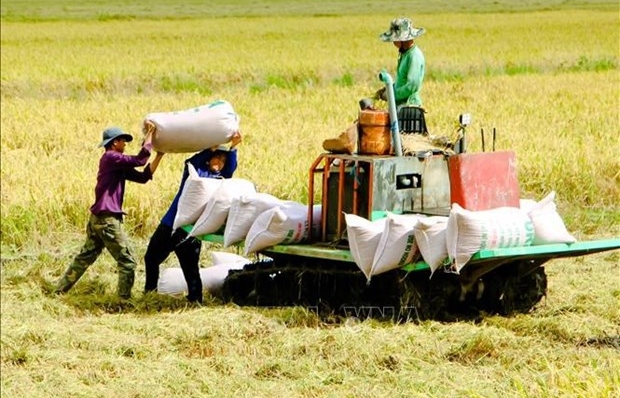
Vietnamese rice prices on the hike
15:08 | 22/04/2024 Import-Export
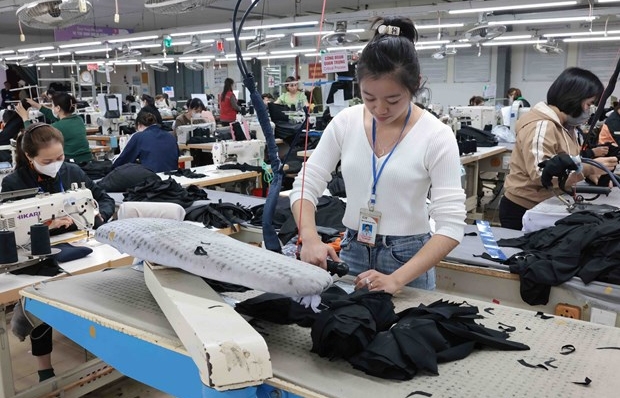
FDI flow into garment and textile sector bounces back
15:06 | 22/04/2024 Import-Export

Investors play a key role in developing the industrial park system
10:38 | 22/04/2024 Headlines

Find ways to a corporation for businesses in industrial parks
10:38 | 22/04/2024 Import-Export
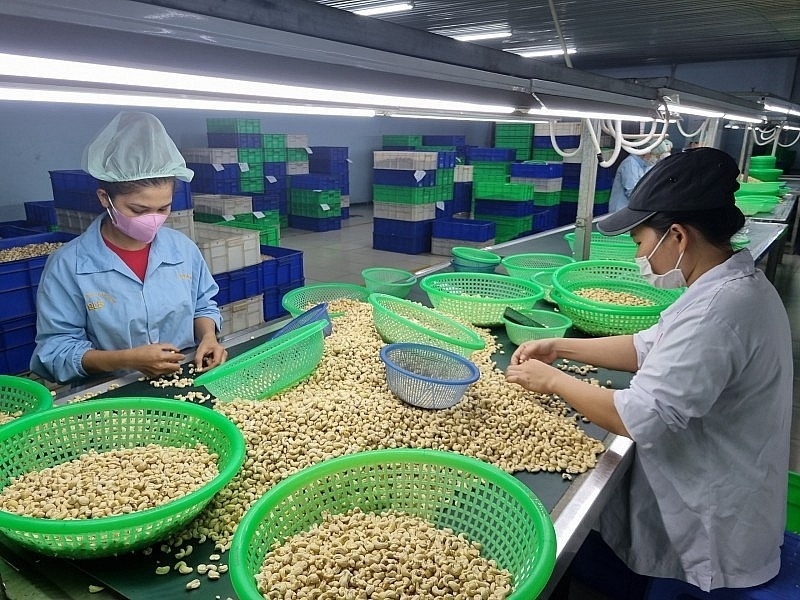
Export turnover of two agricultural product groups grows three-digit
18:10 | 21/04/2024 Import-Export
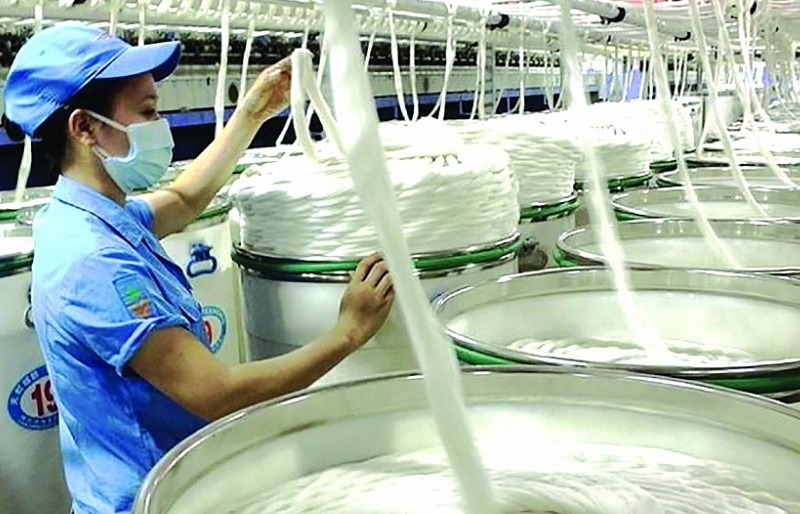
Early warnings reduce risks in trade defense
18:09 | 21/04/2024 Import-Export
Your care

Forum seeks to increase PPP investment effectiveness
13:48 | 25/04/2024 Import-Export

Linking businesses with cooperatives to increase the value chain
09:42 | 25/04/2024 Import-Export

Vietnam has a trade deficit of over US$17 billion with China
15:34 | 24/04/2024 Import-Export

Tra fish export to UAE jumps 67% in Q1
13:46 | 24/04/2024 Import-Export

Pepper prices continue increase trend
13:44 | 24/04/2024 Import-Export



